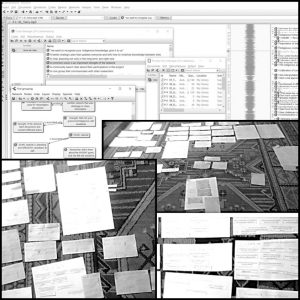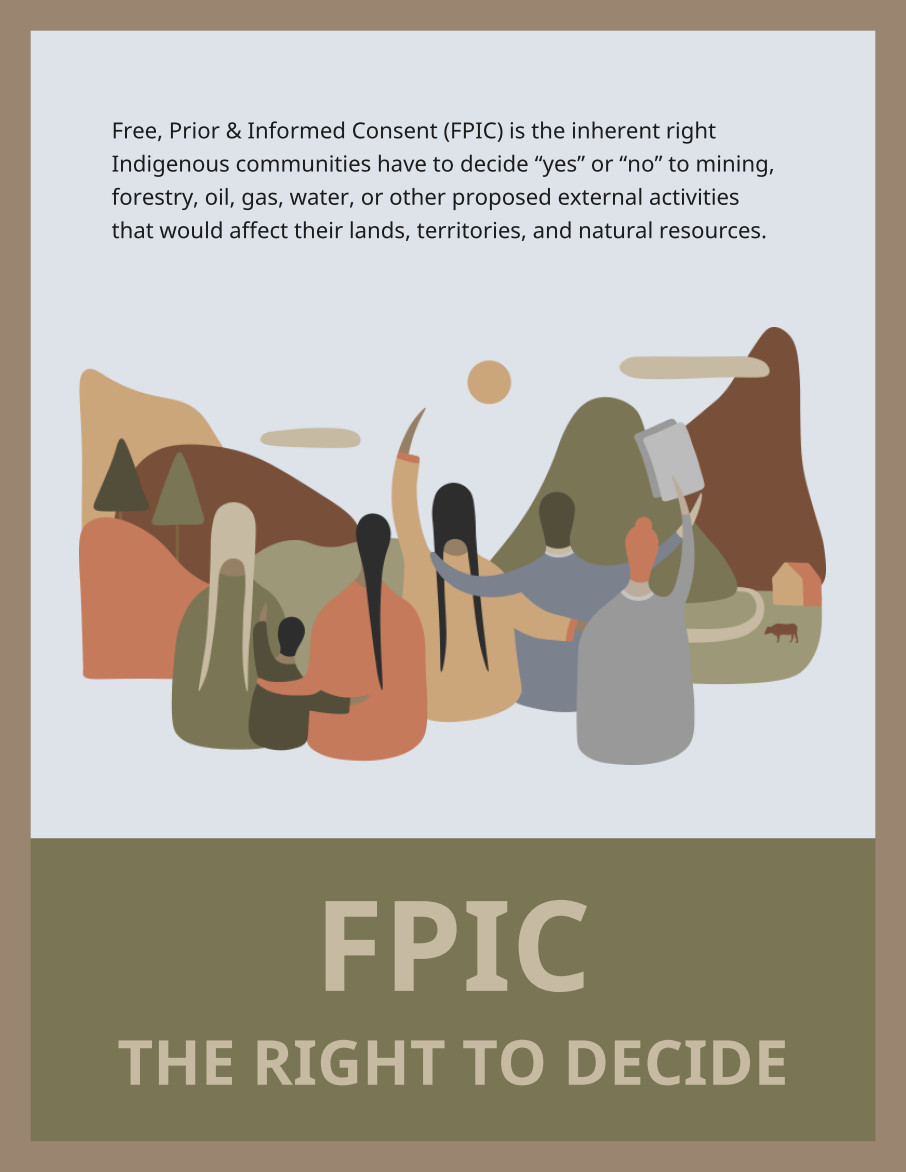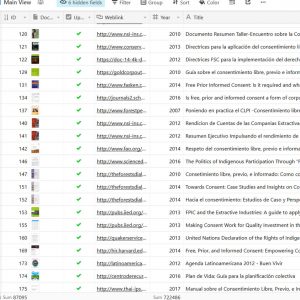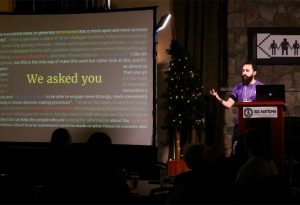


FPIC.INFO
The Right to Decide The Right to Decide
Roles:
Designer
Developer
User Researcher
Designed for and with Indigenous Peoples, this is the web's largest library of resources about Free, Prior, and Informed Consent.

FPIC.INFO: The Right to Decide
Date
March 2016 - July 2018
The Pitch
WWW.FPIC.INFO is a multilingual mobile-first platform that aims to bring knowledge about Indigenous Rights, especially the right to Free, Prior and Informed consent, to communities all over the world.
Technologies Used
JQuery, Django, MySQL.
Partners
Indigenous Rights and Resource Governance Research Group, Wilfrid Laurier University, Lakehead University, Laval University, Universidad de la Frontera, Six Nations Polytechnic, Universidad Austral de Chile.
Funding
Canadian Social Sciences and Humanities Research Council.
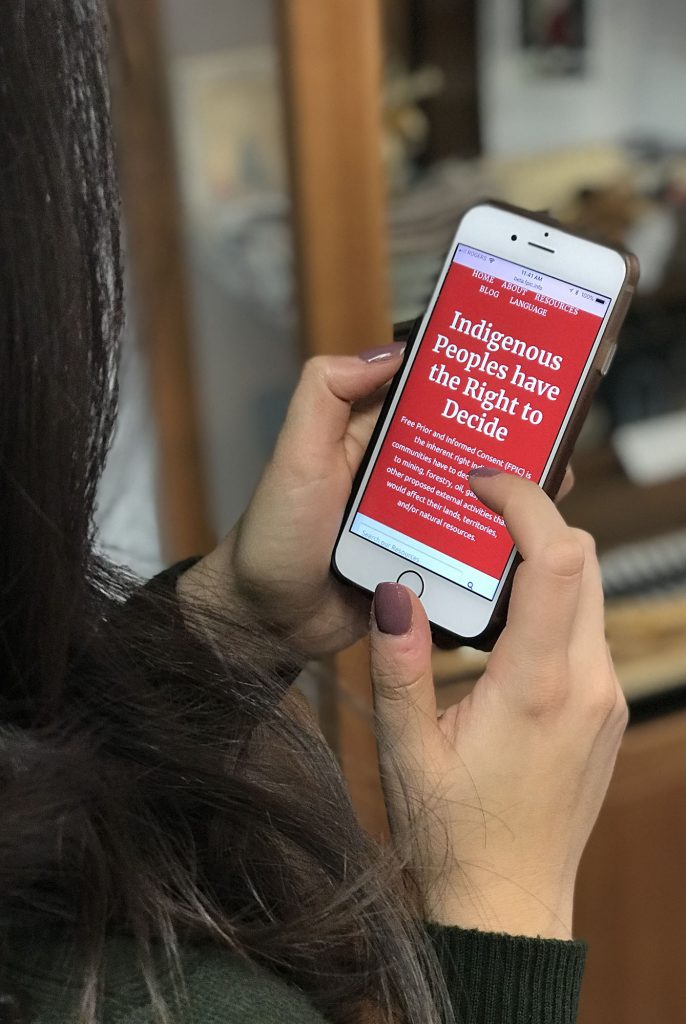
The Process
The project had a few setbacks that delayed its implementation, but the end result was worth the trouble: we created a global resource that Indigenous Peoples in all of the Americas can use; the largest indexation of resources about FPIC in the world. A clear example of how technology can promote Human Rights.
User Research: March 2016 - August 2016
The project started without a clear delimitation, so the first step was to interview members of the research network managing the project. I interview academics and indigenous peoples from both North and South America, did observations and carried out a document revision (by analysing communications within the network).
The data analysis resulted in a series of recommendations and three core design principles: Mobile First, Focus in Learning, and Knowledge Transfer.
Design: August 2016 - September 2016
With a clear understanding of what was needed by the community, I proceeded to define the scope of of the website. For doing so, I created five personas that represented possible users and, for each persona, created one user story that represented their journey. Both documents were key for the prioritization of what was going to be build.
With the focus and scope defined, the rest of the design process was straightforward: create ever more complex wireframes and use them to guide the development priorities. At this stage, I started to be integrated to the workflow of the content team (i.e. the people looking for resources).
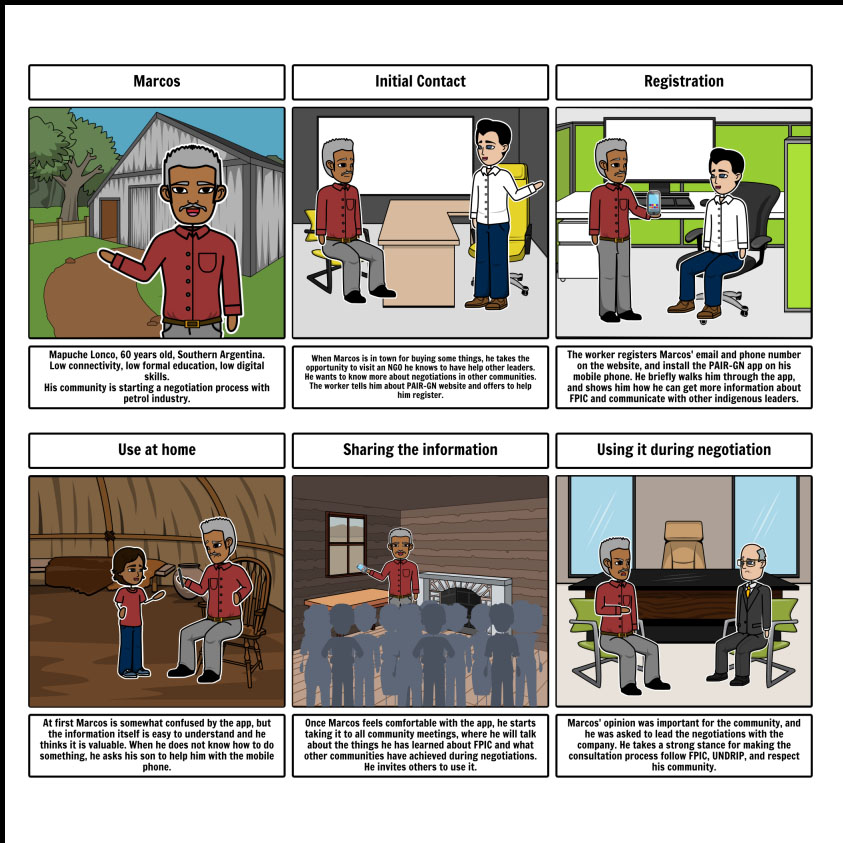
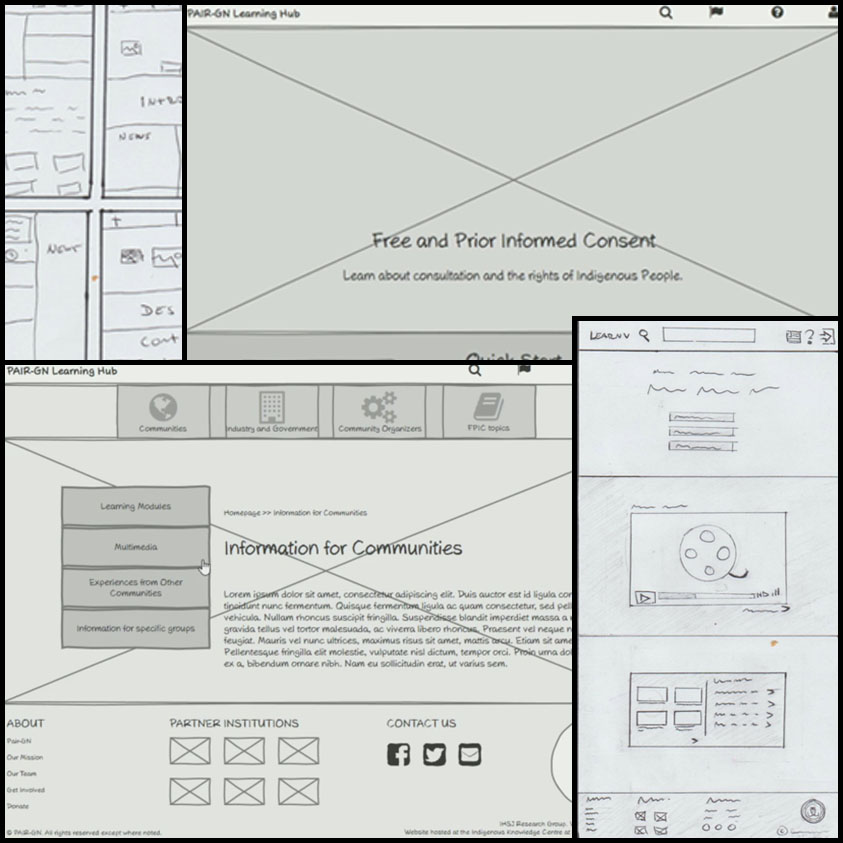
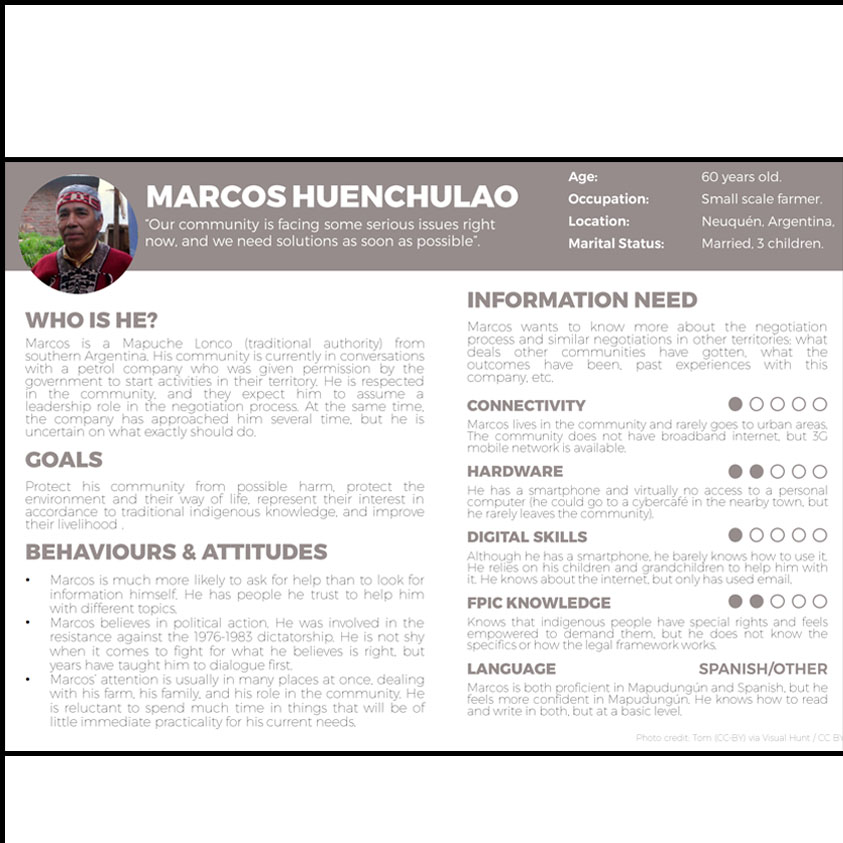
First Development Cycle: September 2016 - January 2017
The first development cycle was a failure. We had recruited co-op students to do the job, and they were not experienced enough to carry it out our complex ask. Still, we managed to create the first versions that were presented to Indigenous community members and helped us to redefine our scope.
It was a frustrating time, and it almost meant the failure of the project, but we moved forward and learned from our mistakes.
During this time I presented about the website in the Web of Change gathering in Big Sur, CA. The reaction was positive.
With the focus and scope defined, the rest of the design process was straightforward: create ever more complex wireframes and use them to guide the development priorities. At this stage, I started to be integrated to the workflow of the content team (i.e. the people looking for resources).
Getting an Early Win: January 2017 - May 2017
At this moment I stopped my focus on the design aspects of the project and assumed as a full-time full-stack developer. I rewrote all of the code from scratch, redesigned the UI and started looking at copyright issues to create a sustainable system for uploading new resources.
Simultaneously, we recruited Hector Pahaut and Eline Schipperen to assist us with an early win: develop a stand-alone micro-website that explained the basics of what FPIC is, and why it was important for indigenous communities to know about it. The result was what is FPIC, available in both Spanish and English and in booklet format.
Feeding the Database: May 2017 - December 2017
I continued working on the code. The system was built using the Django framework, internationalization was possible by implementing the library django-modeltranslation. I created a link resolver that integrates with several higher education institutions (at the moment, we have partnered with over 20 institutions).
Once the code was solid enough, I shifted gear into content once again, and manually indexed resources based on the work of grad students we had recruited. We created an online spreadsheet for them to easily add resources, and use that as a basis for our database.
Socialization: December 2017 - December 2018
During the first half of 2018 we finalized uploading the last Spanish speaking resources with the help of a contractor, and from that point onward we dedicated ourselves to present the website in multiple conferences. I spoke about the website with people in Germany, Canada, Chile, and Argentina.
After the many presentations, my efforts were into documentation and supporting the project pro bono publico.
The Impact
To this day, this is the largest database of resources of Free, Prior and Inform Consent in the web. Every month an average of 400 unique users visit the site.
The website is currently being managed by the Six Nations Polytechnic, a higher education Indigenous institution in Canada.
